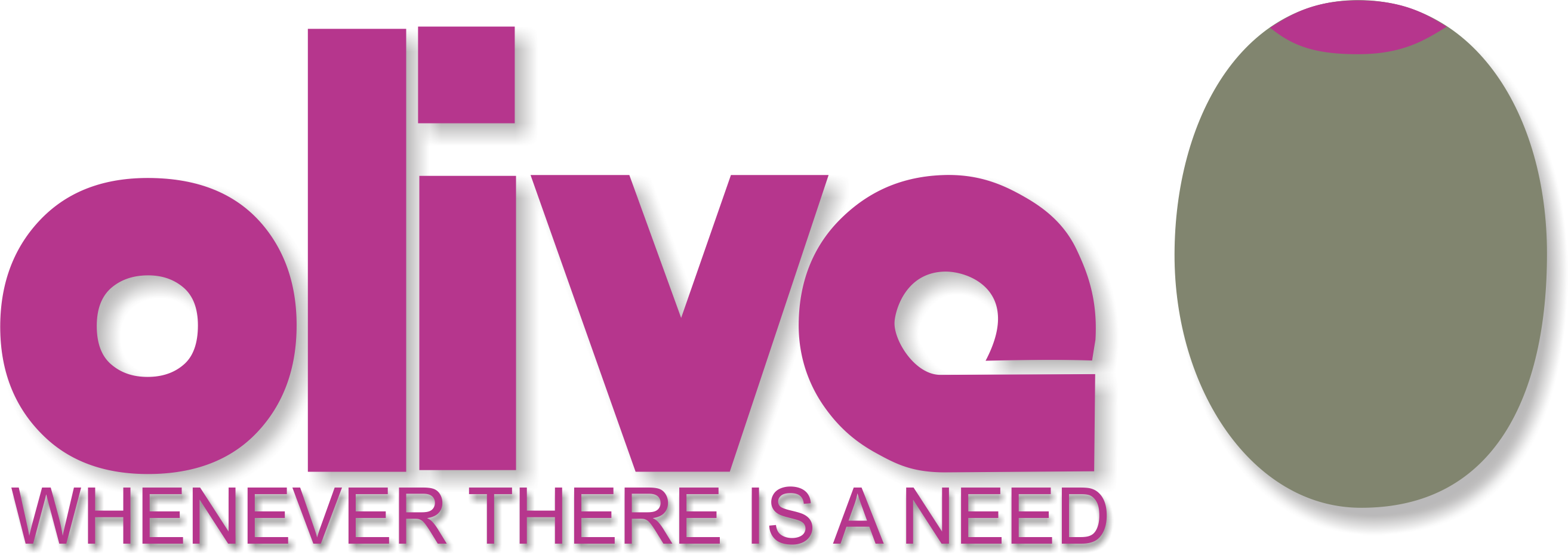 Memorabilia
MemorabiliaThe Story of Olive
Photo Gallary (Pictures of the Olive factory from 1972-1973 located at 2670 Paulus, Montreal)
Brochures
-
Series 2000 Console PDF: Low Res | High quality (21 MB)
-
Automated Remix Programmer Low Res | High quality (6 MB)
Related Material
- Mackie Ultramix brochure (credits Olive as originator of console automation)